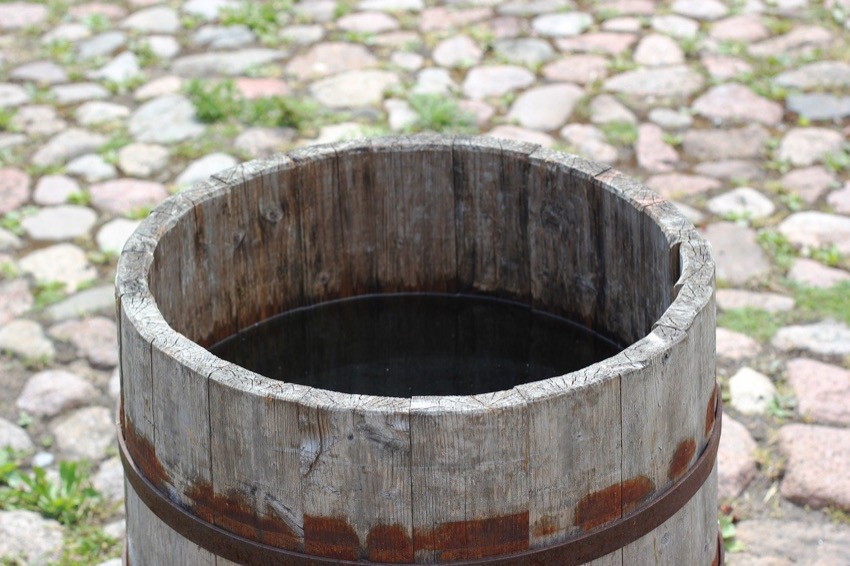Collect Chemical-Free Rainwater for Use Around the Yard
Rain barrels collect water runoff from your home’s gutter system by connecting to the downspout. A spigot or hose connector at the bottom of the rain barrel lets you attach your best garden hose so you can use your collected rainwater around the lawn and garden. Not only does this present an alternative to using municipal or well water for your irrigation, but it provides chemical- and mineral-free water for your plants to thrive. If gardening and landscaping tickle your proverbial fancy, and using rainwater sounds like it could be a benefit to your lawn, we have some tips to help you go about choosing and installing a rain barrel.
Choosing a Rain Barrel
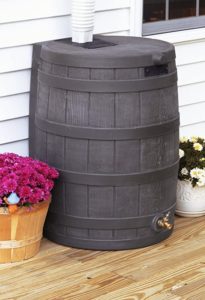
You’ll be placing your rain barrel at the downspout closest to where you’ll need it. Since the rain barrel really only supplies low-pressure water that loses even more pressure as the barrel drains, you’ll be somewhat limited in how you go irrigating. Sprinklers and hose-end sprayers require more pressure than even an elevated rain barrel will provide, but you’ll still be able to manage garden hoses, soaker hoses, and of course, watering cans.
With that in mind, how do you envision going about using applying the water your rain barrel collects? How much water do you expect to collect? Choosing the right rain barrel for you will come down to these questions, along with considerations surrounding a design that meshes with your landscape and aesthetic.
Size
You can expect to collect a little over half a gallon per square foot of roof during a 1-inch rainfall. For instance, a 1-inch rainfall on 100 square feet of roof will amount to 50-60 gallons of water collected.
The downspout that you have your rain barrel tied to will only collect from a section of your roof, so use that section for your estimation.
Rain barrels typically range from 30 to 65 gallons, though you can find larger and smaller models.
Whichever size rain barrel you settle on, you should plan for overflow. You’ll need to direct away from the foundation of your house.
Pro Tip: Roofing treatments that control algae and moss, as well as copper gutters or roofing will add minerals to your runoff that you shouldn’t use to water edible plants.
Features
When it comes to choosing a rain barrel, you might find some of the following features useful:
- Flat-back barrel: This feature will allow your rain barrel to hug up closer to a wall. This could be a useful feature if you’d like to keep your rain barrel out of the way. It might also require less modification to your downspout.
- Debris screen: This feature will keep foreign matter – like insects, mosquitos, and leaves – from entering the barrel.
- Dual water outlets: Some rain barrels have a spigot higher up on the tank to make watering can fill-ups more convenient.
- Collapsible design: This feature makes storage easier.
- Hybrid design: Some rain barrels will stack a composter on top of the reservoir. Moisture drains through the compost into the rain barrel, adding nutrients back into the water.
Installing a Rain Barrel
Prep Work
Before you go about installing a rain barrel, spend some time clearing out any dirt or debris from your gutters and downspouts. Obviously, you’ll want to pay particular attention to the sections that will drain to the barrel, but you might as well hit them all while you’re at it.
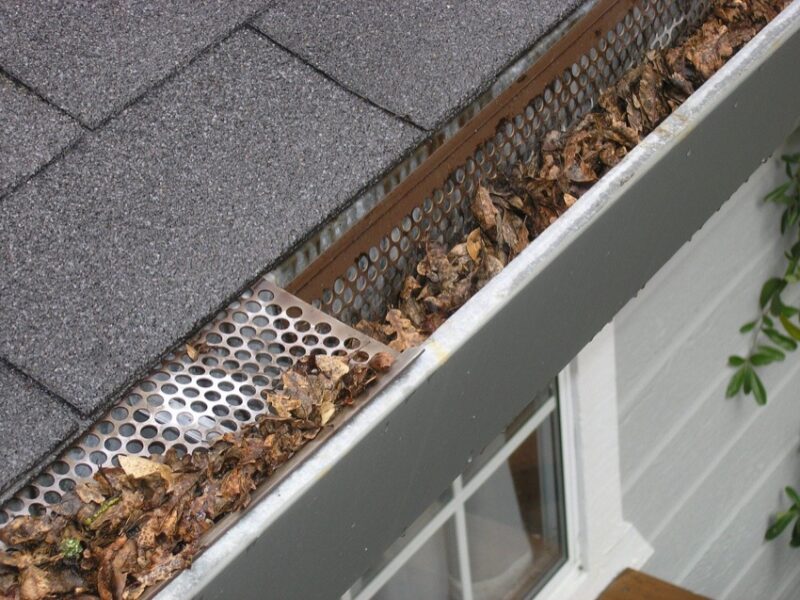
Prepare the area where you plan on installing the rain barrel. If you plan on keeping it on the ground, rather than on a patio or concrete slab, you should level the ground. You can do this by digging out the area to a depth of a couple inches and pour in some gravel or sand. You can also choose to install pavers. The idea is to create a level and stable surface for the rain barrel to rest.
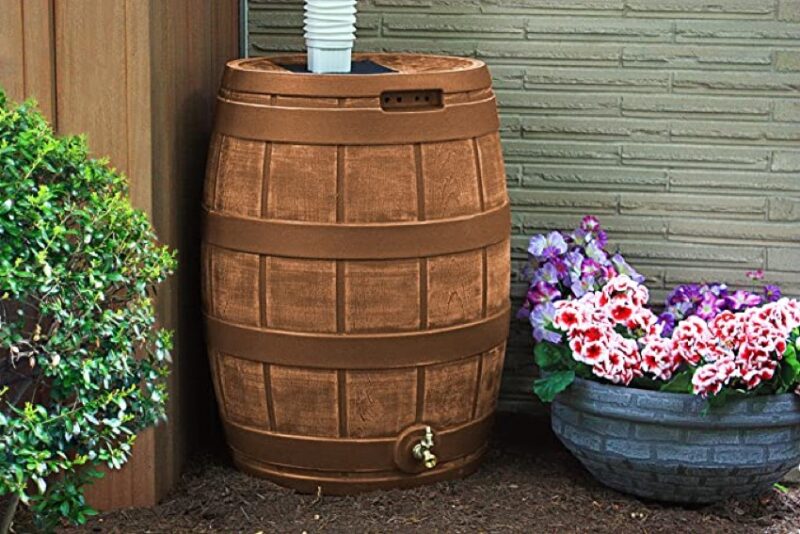
If you plan on elevating the rain barrel, make sure that your structure can support the weight of a full rain barrel. A gallon of water weighs 8.3 lbs, so you can take the total capacity of the barrel, multiply it by 8.3, and add the weight of the empty rain barrel to find the total weight you’ll need to account for.
Cut to Fit
Place the rain barrel next to the downspout at the height you want it. Now, you’ll need to configure the downspout so that it empties into the reservoir. This will likely require some cutting or boring into your downspout.
Before you go nuts with the hacksaw or hole saw, make sure that you won’t be cutting into any nearby heating or electrical cables. You might also want to throw a piece of plywood behind your downspout to protect the exterior of your house.
There are a few options for customizing your downspout. You can cut it to where you can install elbow sections to bring the downspout directly into the rain barrel. You could also opt for cutting the downspout and installing a flexible extension to run to the barrel. Or, you can bore a hole into the side of the downspout and install a diverter that runs water off into the rain barrel.
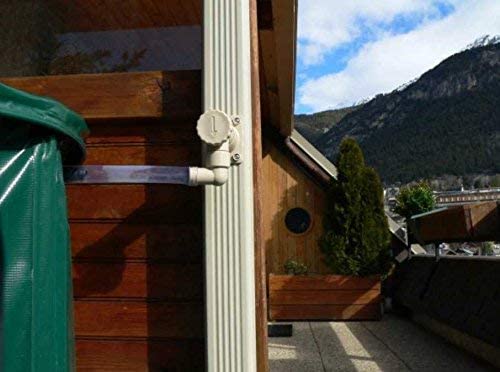
Overflow
Once you’ve finished installing the rain barrel, you’ll want to direct any possible overflow away from the foundation of your house. Your rain barrel might come with an overflow hose, but you may want to place a gutter splash block under the overflow outlet anyway.

